How are glass souvenirs made?
more than a year agoEvery day between 09:00 and 14:00 visitors can watch the glassmakers at work, witnessing the process of creating these products using three techniques: glass blowing, working jewellery using a blowtorch and creating miniatures by blowing in borosilicate glass tubes.
The hand blowing technique is mainly used to create glass copies of Roman artefacts by free glassblowing or blowing into a mould. With the aid of long glass tubes and pipes, the glassblowers scoop up gobs of molten recycled crystal from the furnaces (at temperatures of 1300 Celsius) and blow into the tube, skillfully twisting the tube to shape the end product. The products are then put in the cooler at 500 degrees Celsius to allow them to gradually cool to room temperature so they don’t break. You can witness this process through a think glass panel at the visitor’s gallery on the second floor of the Museum. The workshop is run by Marko Štefanac.
Jewellery is made from little glass rods of various colours which are melted using a torch, also reaching temperatures of more than 1000 degrees Celsius. As the stick softens, the melted glass is formed into a bead or other shape around a metal rod. Glass beads for necklaces and earrings are mainly based on ancient Greek and Roman designs, while rings are copies of designs from the Classical era. The jewellery workshop is on the ground floor of the Museum and is led by Antonija Gospić.
Also on the ground floor of the Museum is a workshop where miniatures are formed by blowing borosilicate glass tubes of various colours on a torch. This workshop is led by Ivana Matković.
One further workshop is where Antonija Gospić uses a fusion technique to create glass plates from single or double layer glass. This workshop does not have a viewing area. At 800 degrees, the melting point of glass, the layers of glass combine. Pigment is added and the plates are cooled in moulds of varying shapes. The plates can be removed from the kilns the following day.
/zadar/an-interview-with-gordana-drinkovic-artist-and_145872v
ZIYP: Gordana, could you introduce yourself to our readers? What do you think they might like to know about you?Gordana: I'm an artist working in the medium of …


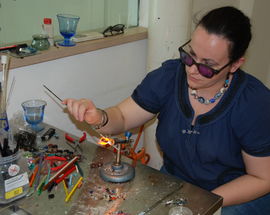
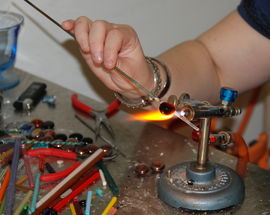
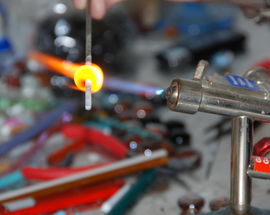
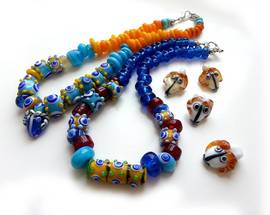
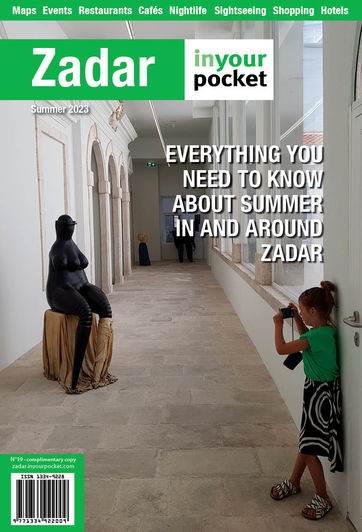


Comments